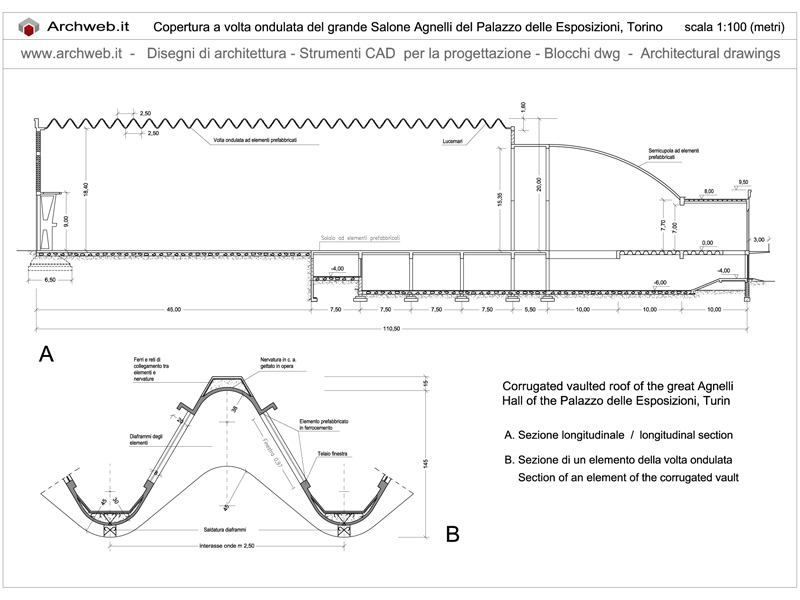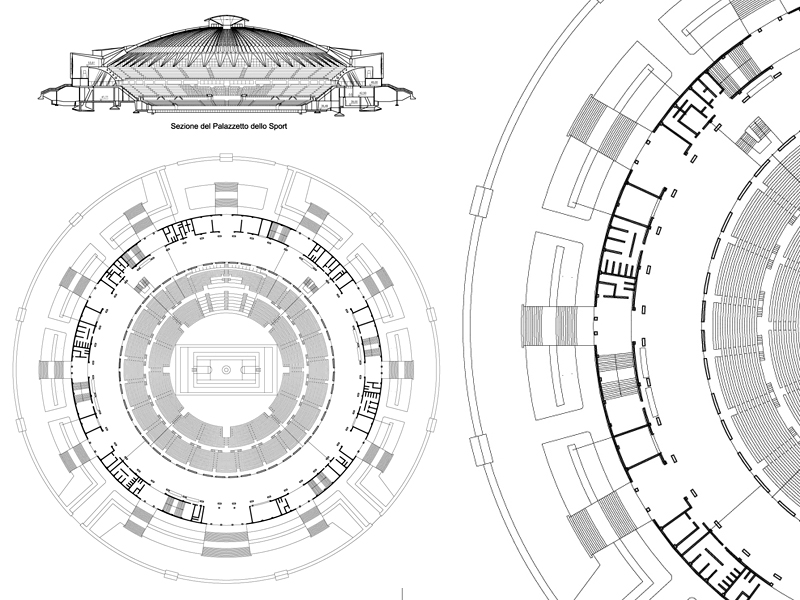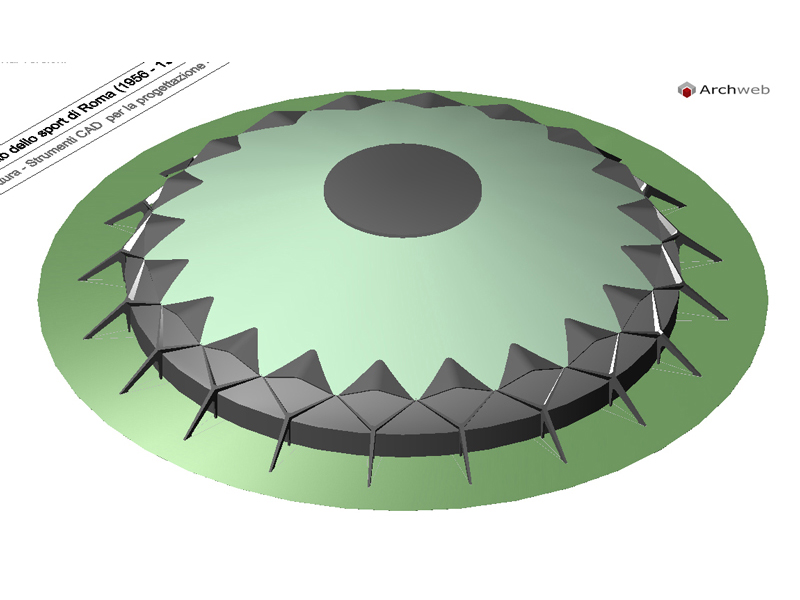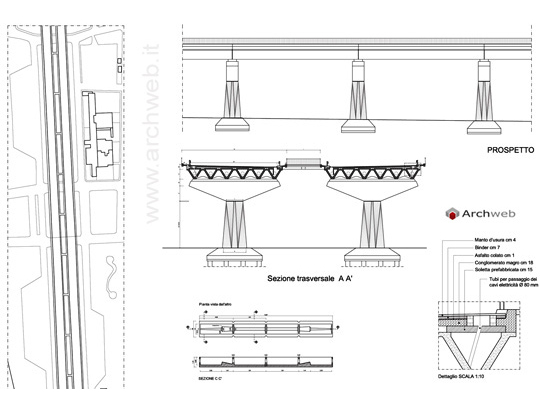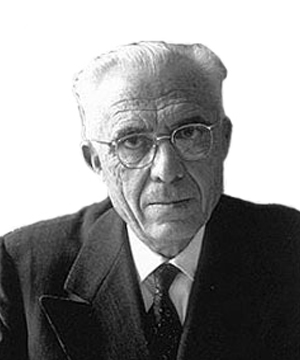
Pier Luigi Nervi
P.L. Nervi possessed the audacity of the engineer, the imagination of the architect and the concreteness of the entrepreneur.
Place of birth
Sondrio, 21 June 1891 - Rome, 9 January 1979
Pier Luigi Nervi (Sondrio, 21 June 1891 – Rome, 9 January 1979) was an Italian engineer, entrepreneur and academic, specialized in civil construction.
He studied at the University of Bologna graduating in 1913. Nervi taught as a professor of engineering at Rome University from 1946 to 1961 and is known worldwide as a structural engineer and architect and for his innovative use of reinforced concrete.
P.L. Nervi possessed the audacity of the engineer, the imagination of the architect and the concreteness of the entrepreneur.
These are the possibilities offered by having a business that allowed him to carry out on his own, “turnkey”, almost all of his most important projects, intervening in person at every stage of the construction process, from the very first drawing to the last brick.
Pier Luigi Nervi was born in Sondrio and attended the Civil Engineering School of Bologna from which he graduated in 1913; his formal education was quite similar to that experienced today by Italian civil engineering students. After graduating he joined the Society for Concrete Construction and, during World War I from 1915 to 1918, he served in the Corps of Engineering of the Italian Army. From 1961 to 1962 he was the Norton professor at Harvard University.
Nervi began practicing civil engineering after 1923. His projects in the 1930s included several airplane hangars that were important for his development as an engineer. A set of hangars in Orvieto (1935) were built entirely out of reinforced concrete, and a second set in Orbetello and Torre del Lago (1939) improved the design by using a lighter roof, precast ribs, and a modular construction method.
During the 1940s he developed ideas for reinforced concrete which helped in the rebuilding of many buildings and factories throughout Western Europe, and even designed and created a boat hull that was made of reinforced concrete as a promotion for the Italian government.
Nervi also stressed that intuition should be used as much as mathematics in design, especially with thin shell structures.[citation needed] He borrowed from both Roman and Renaissance architecture while applying ribbing and vaulting to improve strength and eliminate columns. He combined simple geometry and prefabrication to innovate design solutions.
Pier Luigi Nervi was educated and practised as an ingegnere edile (translated as “building engineer”) – in Italy. At the time (and to a lesser degree also today), a building engineer might also be considered an architect. After 1932, his aesthetically pleasing designs were used for major projects. This was due to the booming number of construction projects at the time which used concrete and steel in Europe and the architecture aspect took a step back to the potential of engineering. Nervi successfully made reinforced concrete the main structural material of the day. Nervi expounded his ideas on building in four books (see below) and many learned papers.
Archeological excavations suggested that he may have some responsibilities for the Flaminio stadium foundations passing through ancient Roman tombs. His work was also part of the architecture event in the art competition at the 1936 Summer Olympics.
Continue on Wikipedia…>>
Works and projects
How the download works?
To download files from Archweb.com there are 4 types of downloads, identified by 4 different colors. Discover the subscriptions
Free
for all
Free
for Archweb users
Subscription
for Premium users
Single purchase
pay 1 and download 1




























































